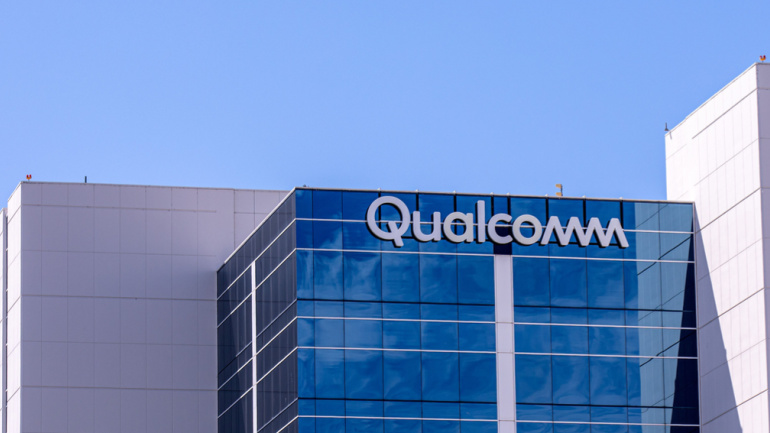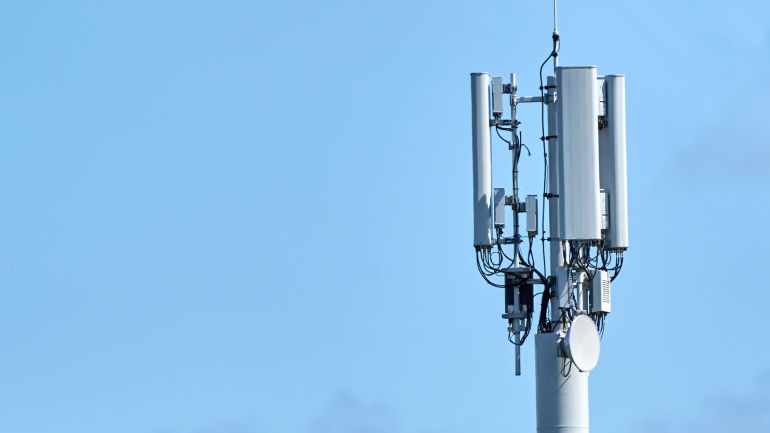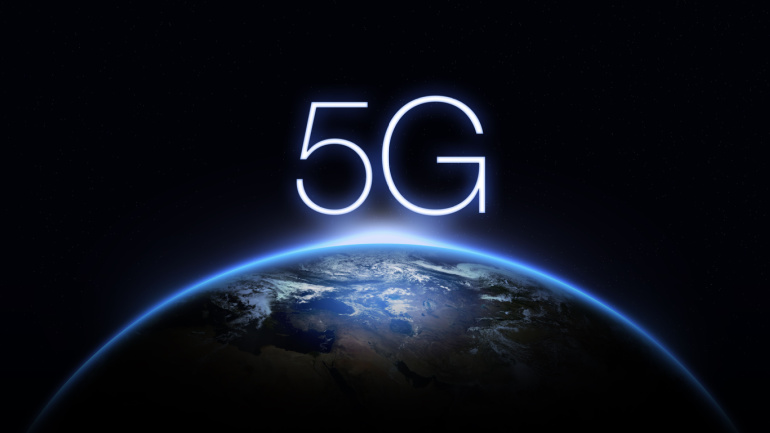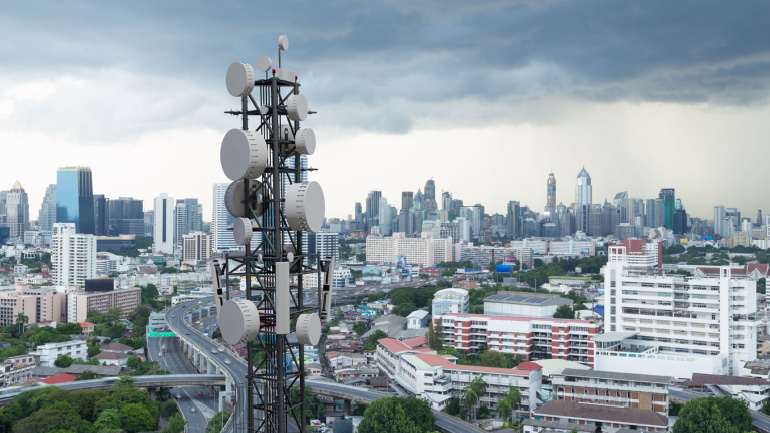Apple’s pursuit of self-reliance in 5G technology is put to the test as it continues its reliance on Qualcomm’s Snapdragon 5G Modem‑RF Systems till 2026. Despite acquiring Intel’s modem segment after a failed business collaboration, Apple’s efforts to create an in-house 5G modem cast doubt on its separation from Qualcomm. The competition intensifies with Huawei’s claim of a successful 5G modem design, amidst the encroaching discussions on 6G technology.
Elevated expectations surround the fixed wireless customer premises equipment (CPE) market, largely fueled by an upsurge in 5G device development. Recent data indicates over twofold growth in 5G FWA CPE shipments, predicting a robust growth of 86% in 2023. However, the fluctuating sample size in the annual survey calls for a prudent interpretation of these statistics. As the data suggests, 5G devices are set to dominate the market, with a projected rise from 29% to 40%. The swift expansion of battery-powered pocket routers promises a solid growth in the overall FWA CPE shipments, with telcos driving 77% of the market. The United States leads in leveraging the 5G technology, promising extraordinary industry advancement.
Qualcomm and Samsung recently announced a pioneering success in telecommunications; achieving dual uplink and quadruple downlink carrier aggregation for 5G FDD spectrum. This innovation, tested using Qualcomm’s Snapdragon X75 5G Modem-RF System with Samsung’s 5G radios, could provide operators increased flexibility. This trial demonstrates the potency of Advanced 5G modems in enhancing 5G connections, hinting exciting future developments in 5G. Commercial implementations of these findings are expected by late 2023.
Kcell, Kazakhstan’s leading operator, is set to revolutionize the nation’s telecommunications landscape by launching a colossal seven-year 5G rollout plan with Ericsson at the helm. The mission includes a considerable shift towards a united Radio Access Network strategy merging 5G with existing networks, which proves to offer optimize utilization and smoother transition to advanced technology. Furthermore, this project incorporates Fixed Wireless Access, providing internet solutions in challenging terrains.
Amazon’s Project Kuiper and Vodafone join forces to bolster 4G and 5G availability in Europe and Africa using cost-effective low Earth orbit (LEO) satellites. This partnership aims to connect distant cellular antennas to core networks, enabling telecom services without relying on intricate fibre-based systems. With a larger goal of bridging the digital divide, the collaboration also plans to offer backup services for disruptions and connect distant infrastructure.
Reliance Jio Infocomm is arming itself with a significant offshore loan around $2 billion to fuel its 5G ambitions, with sources pointing towards Swedish telecom giant Ericsson as a potential gear supplier. A noteworthy credit safety net from Sweden’s EKN credit agency plays a crucial role in this strategic play, while banking behemoth BNP Paribas is slated to disburse a massive chunk of the offshore funding.
The Federal Communications Commission (FCC) has set its sights on reshaping the allocation of approximately $9 billion earmarked for rural 5G expansion. FCC Chairwoman Jessica Rosenworcel announced the move, emphasizing the need to bridge the digital divide across underserved areas of the United States.
Joining forces to propel Denmark into the 5G age, telecommunications giants Ericsson and TDC NET confront the intricacy of transitioning to Standalone 5G. The venture promises enhanced connectivity, yet its real impact remains under scrutiny. Their collaborative effort hinges not just on operational advancement but also in setting a future-ready network infrastructure with increased energy efficiency and advanced services. However, as TDC NET prepares to navigate this expansive opportunity landscape, it’s essential to question the overall strategic footing of the industry—a fascinating watch for tech aficionados. Stay informed with the Telecoms.com newsletter.
In an innovative move, Ericsson and AWS have joined forces to implement a groundbreaking 5G power machine vision system in Hitachi’s manufacturing plant. This system aims to leverage real-time digital visuals, AI, and edge-to-cloud technologies for superior automated error detection. Beyond the norm, it can inspect 24 assembly components simultaneously with high-resolution cameras pinpointing defects at the sub-millimeter range. Such a venture showcases the potential of combining private 5G, cloud, and AI technologies in revolutionizing product manufacturing, even amidst the current market uncertainties.
Rogers Communications takes a gigantic leap forward, ushering in 5G services across Toronto’s subway system. While this promises enhanced network coverage and emergency call dependability, it raises concerns among competitors Bell and Telus, about potential market limitations. This unfolding drama in the Canadian telecoms industry draws the industry’s anxious gaze.













